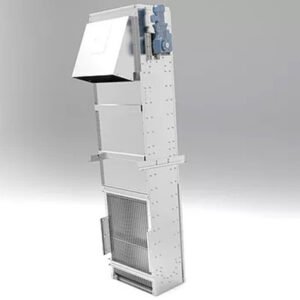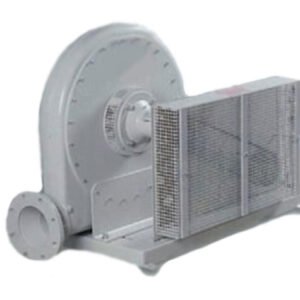Description
Hydrogen sulfide and siloxane-related problems in biogas production plants lead to the implementation of a desulfurization unit. Among the different available desulfurization technologies of AAT, its chemical desulfurization benefits a high H2S removal capacity so that it can remove up to 99% of the content. It can also be mounted on the biogas digesters. The operation is based on the high affinity between iron (metal salt) and sulfur. With a low concentration of iron in the digester, hydrogen sulfide can be removed up to 150 ppm.






